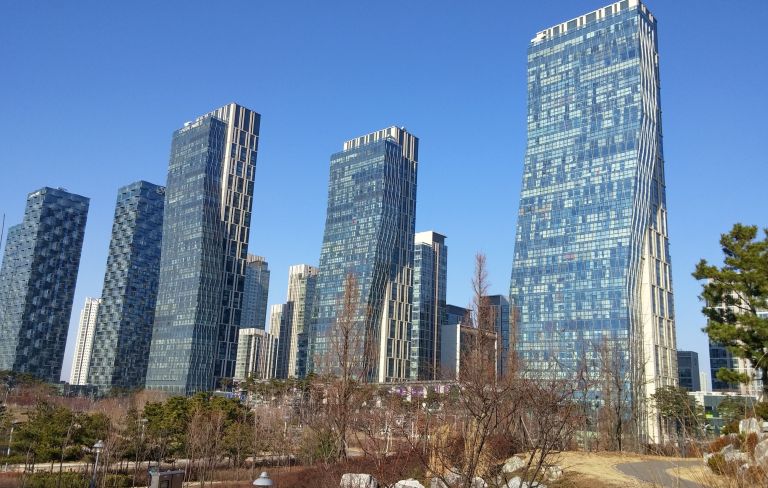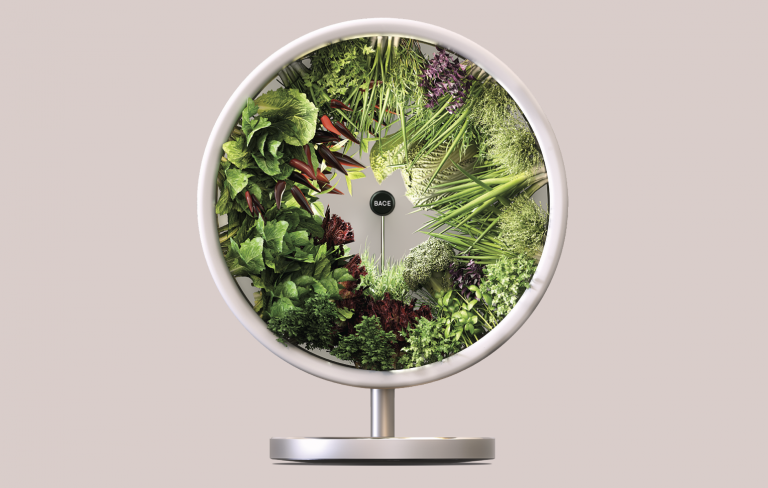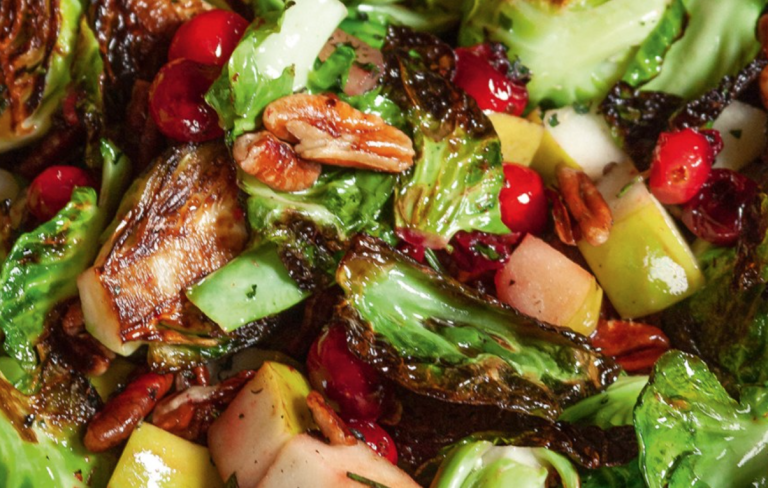luxurydefined, the online magazine of Christie’s International Real Estate, reported, that brick is a building material that clearly has staying power, although it is used in architecture already for thousands of years. Offering warmth, texture, and remarkable design versatility, this naturally sustainable building material is being embraced by contemporary architects for its long list of benefits.
By quoting Jon Clements, director and co-founder of Jackson Clements Burrows Architects (JCBA) in Australia, they say, that research has proven that clay’s natural density and thermal insulating qualities mean that full brick construction performs the best for thermal comfort and energy efficiency. And continue: “Brick can be easily sourced locally, and it’s also low maintenance and weatherproof, so it has excellent longevity in architecture, an important consideration for sustainability.” No wonder, that brick has become Bone of the greenest choices available to architects—and many high-profile new projects are using the material in unexpected ways.
Thanks to its clay composition, brick is also easy to recycle and reuse; reduces noise pollution through its ability to absorb sound and vibration; and, without the need for harsh chemical treatments, offers healthy indoor air quality. It also supports local industries and creates jobs, while offering a beautiful and durable material.
The objects described in luxurydefined’s contribution and an example from Switzerland prove the aesthetic qualities of these construction material and the different possibilities to create great buildings with it. So let us have a closer look at five sustainably built projects using brick to great effect.
Divided House, Victoria, Australia
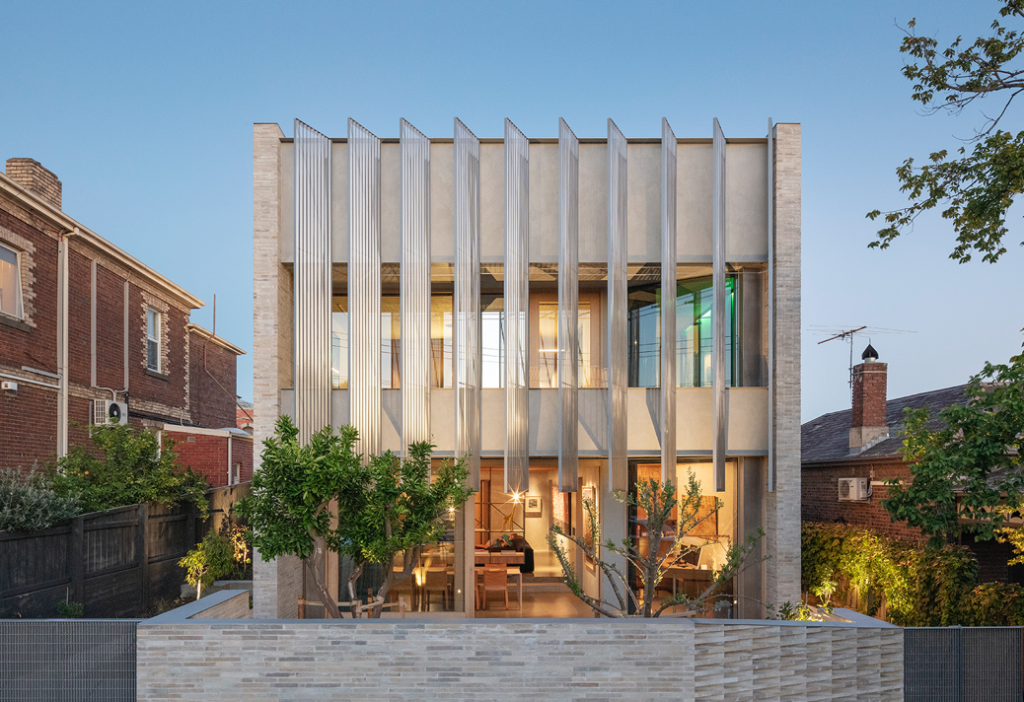
JCBA approached Divided House with a commitment to Australian-made construction materials. Comprising two primary brick building forms at the front and rear of the site, the home also responds to the area’s differing heritage considerations.
Pirouette House, Trivandrum, India
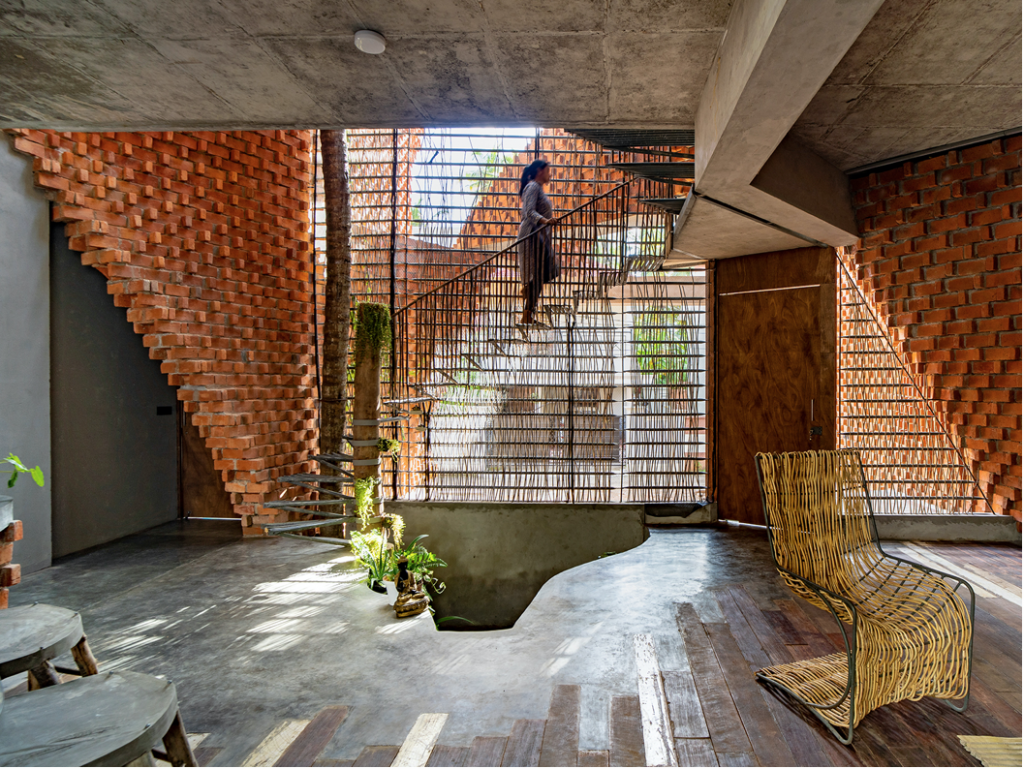
A series of twisting walls made from local brick separate the living spaces around a central courtyard within Pirouette House. This staggered approach creates a sense of space and a feeling of privacy on a relatively small and crowded site.
Step House, London
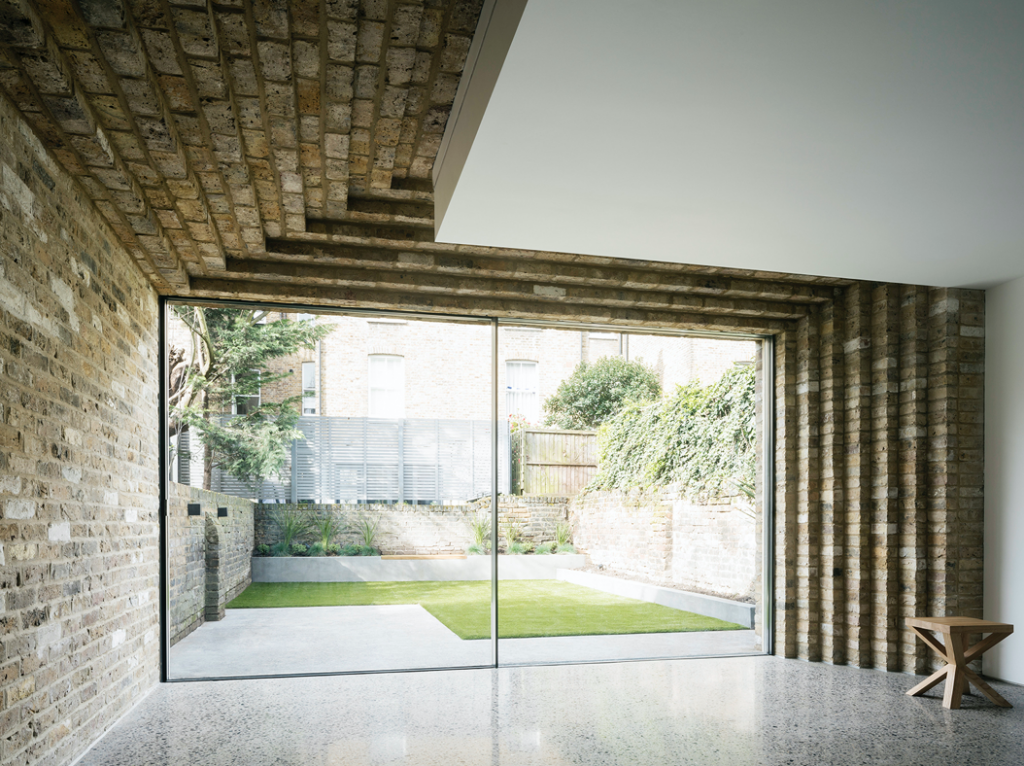
With Step House, Bureau de Change reimagined the conventional terraced-house extension with an innovative addition, which uses “stacked” bricks both in the interior and exterior of the home and celebrates this humble building material.
The Interlock, London
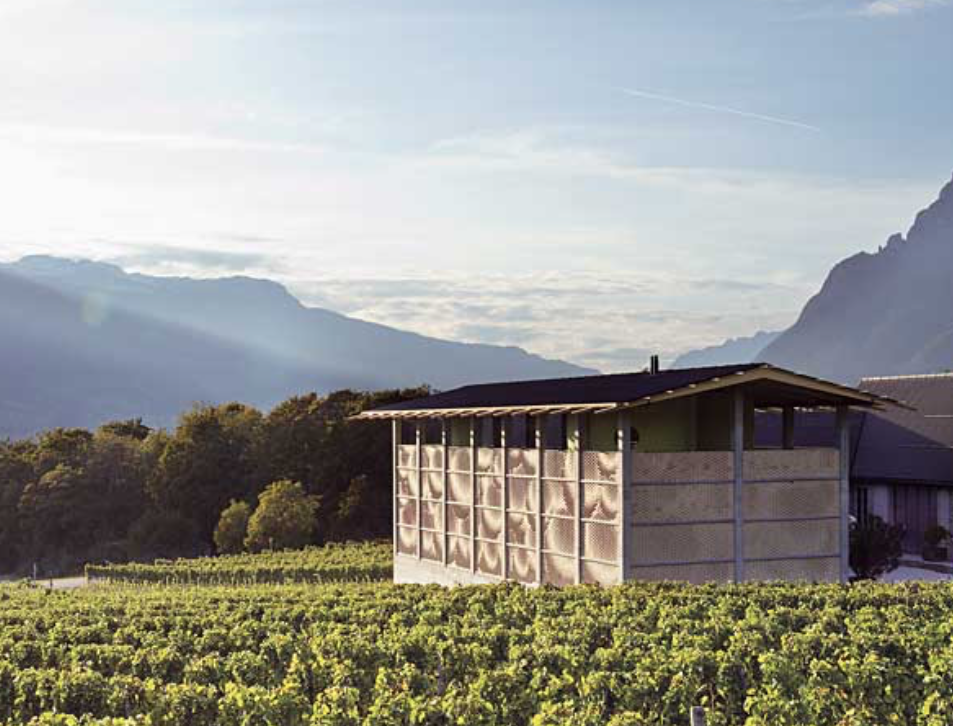
On the edge of the wine village Fläsch in the Graubünden Rhine Valley stands a striking ensemble in the vineyards: the Gantenbein Winery. From afar, a brick façade gleams. Images of vines are created on the façade and plays of light inside the room.
Gantenbein Winery, Fläsch, Switzerland

On the edge of the wine village Fläsch in the Graubünden Rhine Valley stands a striking ensemble in the vineyards: the Gantenbein Winery. From afar, a brick façade gleams. Images of vines are created on the façade and plays of light inside the room.
Subdued light and constant temperatures are necessary for processing the grapes into wine. With the design of the exterior walls, Gramazio Kohler Architects fulfilled these specific conditions using a novel construction technology they developed at ETH Zurich. An industrial robot placed each brick precisely according to pre-programmed patterns. The rotations of the bricks and the openings between them created the abstract, three-dimensional image of large grape berries in the composite wall.
And, while it may be an age-old building material, it offers the possibility of thoroughly modern design. “Brick has great technical qualities when it comes to external use, but it also creates an incredible textural atmosphere—with endless shapes, finishes, and colors—when used inside,” Katerina Dionysopoulou, co-founder of London-based architectural practice Bureau de Change, is quoted in the luxurydefined article.
